By Dan Weisz
I visited Box Canyon one morning this week with Jeff Babson. Box Canyon is on the north shoulder of the Santa Ritas and along Forest Road #62, running from near Madera Canyon eastward until it meets State Highway 83. We went there looking for the Five-striped Sparrow, an uncommon Mexican sparrow that is rare but present in a few isolated canyons in southern Arizona.
We saw quite a few Varied Buntings in Box Canyon on the hillsides. With its blue and reddish-purple colors, the bunting is striking. During breeding season, this bird can be primarily found in the southern border areas of Arizona and Texas while it winters in Mexico. If you live anywhere in the United States and want to see this bird, you have to come visit southern Arizona in the summers.
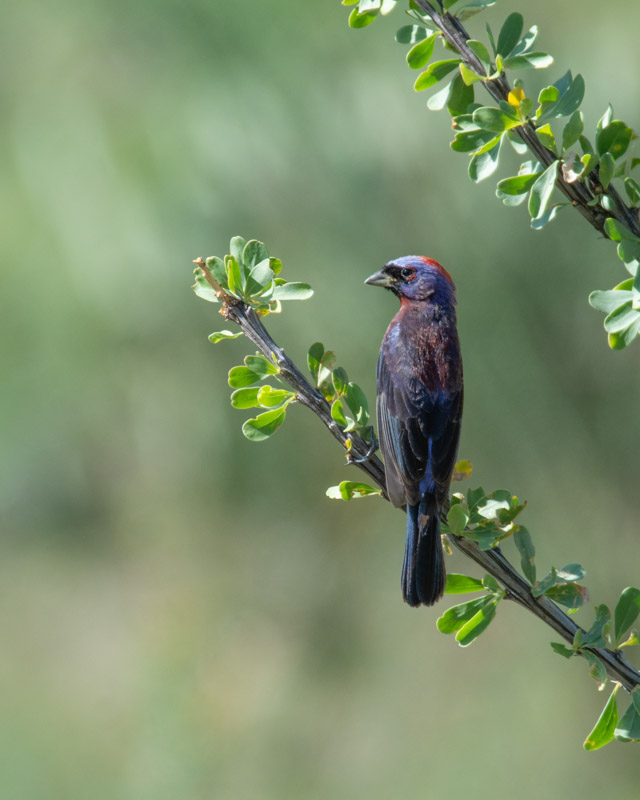
And here is our target bird: the Five-Striped Sparrow. This is another Mexican species whose range barely extends into the United States in a few isolated canyons in Arizona. It is known to summer here. It has five white stripes, one above each eye, one below each cheek, and one on its chin. The Audubon Guide to North American Birds states: “The Five-striped Sparrow favors steep brushy hillsides, where the male often sings his metallic song while perched on the spindly stems of ocotillo.” Look where we found it- on the spindly stems of an ocotillo!
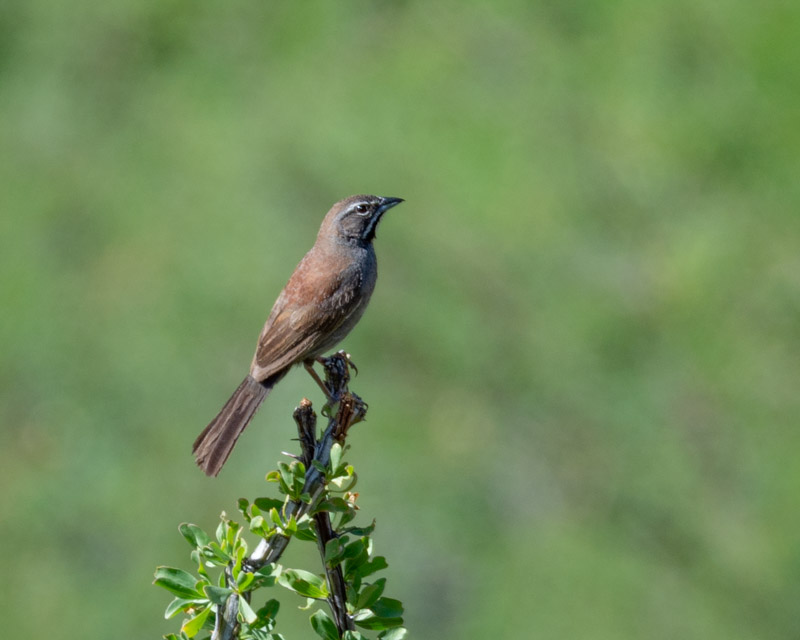
A Western Kingbird was singing on barbed wire nearby. You can see the white outer-tail feathers of this bird. This is a large and common flycatcher of the Western United States each summer.
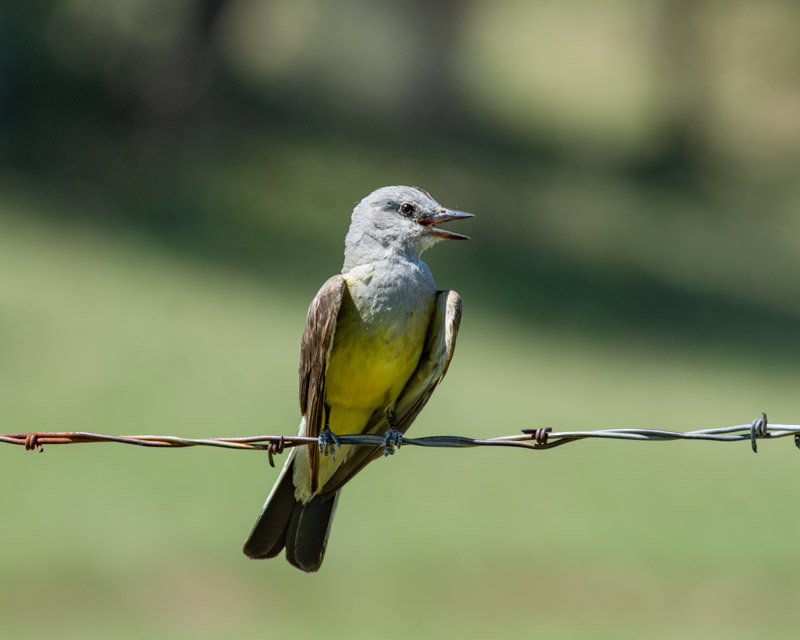
At Sweetwater Wetlands, it was a surprise to see a juvenile Common Black Hawk. Despite its name, this bird is not common in the United States. Perhaps a few hundred birds summer in central Arizona and can be seen migrating through southern Arizona in the spring and fall.
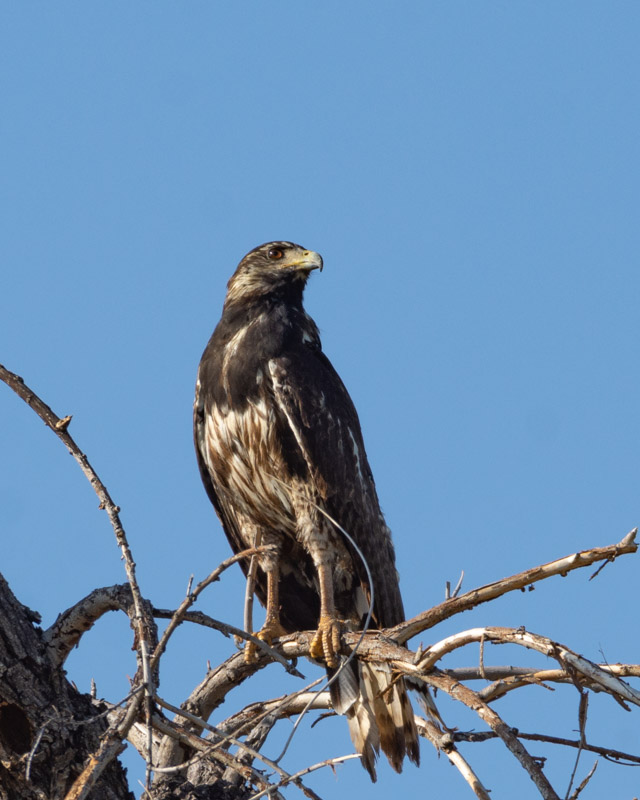
This Barn Owl was found roosting in Sweetwater Wetlands also. Barn Owls are one of the most widespread species of birds in the world and can be found on all continents except for Antarctica. They are rodent specialists (not many rodents on Antarctica!) and their hearing has been found to be the best high-frequency hearing of any animal tested. They hunt primarily using their hearing and not their vision.
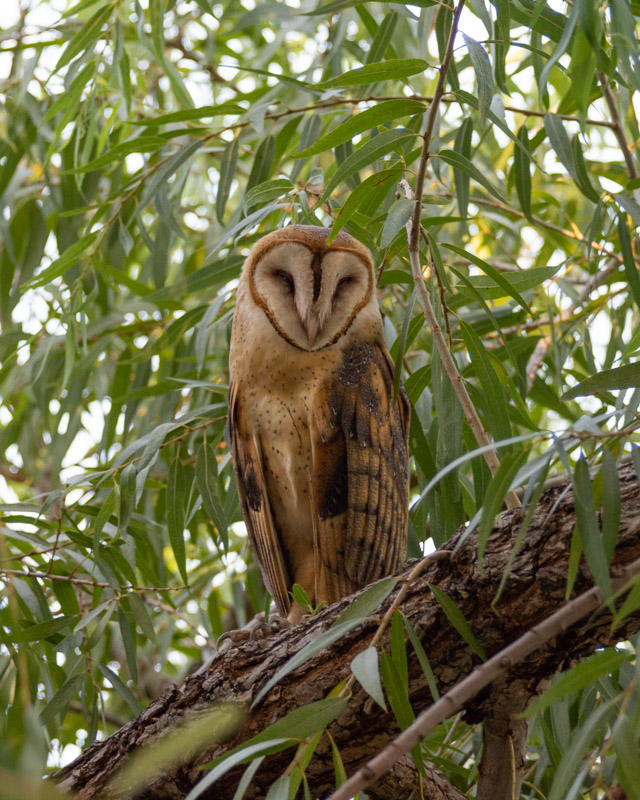
Any visit to Sweetwater is special when you run across one of their raccoons. This one scampered across the path, stopping to wonder about me.
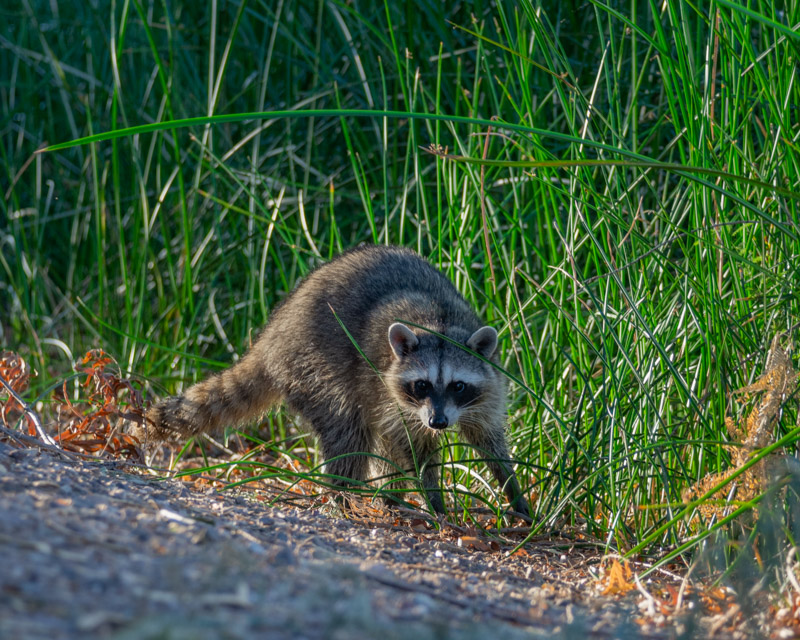
It took a long look before heading deep into the reeds.
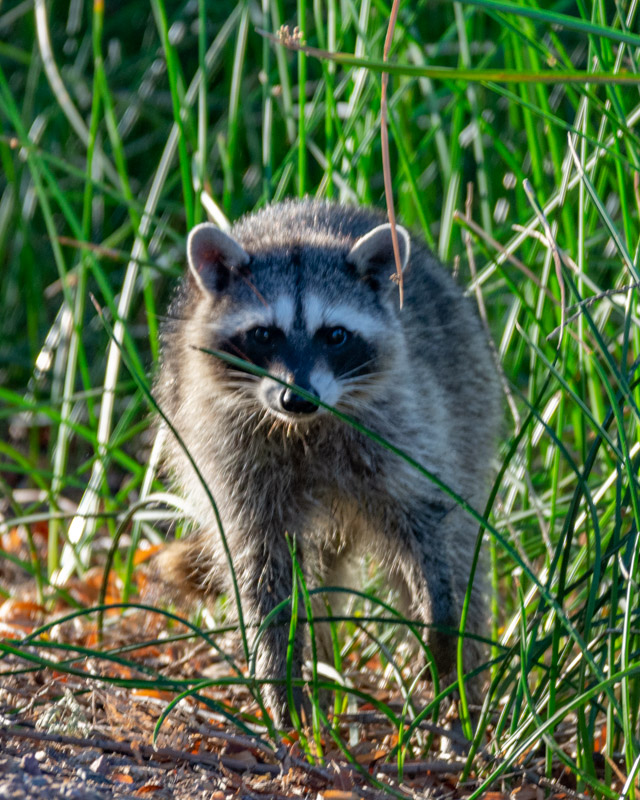
“You go first!” At Tohono Chul Park, these two young Gambel’s Quail are setting up for a leap of faith from the bench to the ground below.
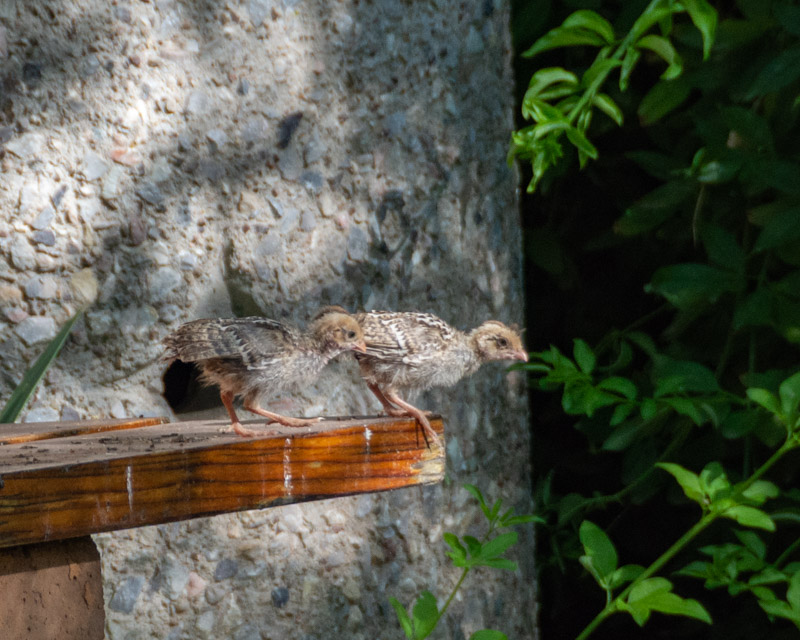
Life is good.
